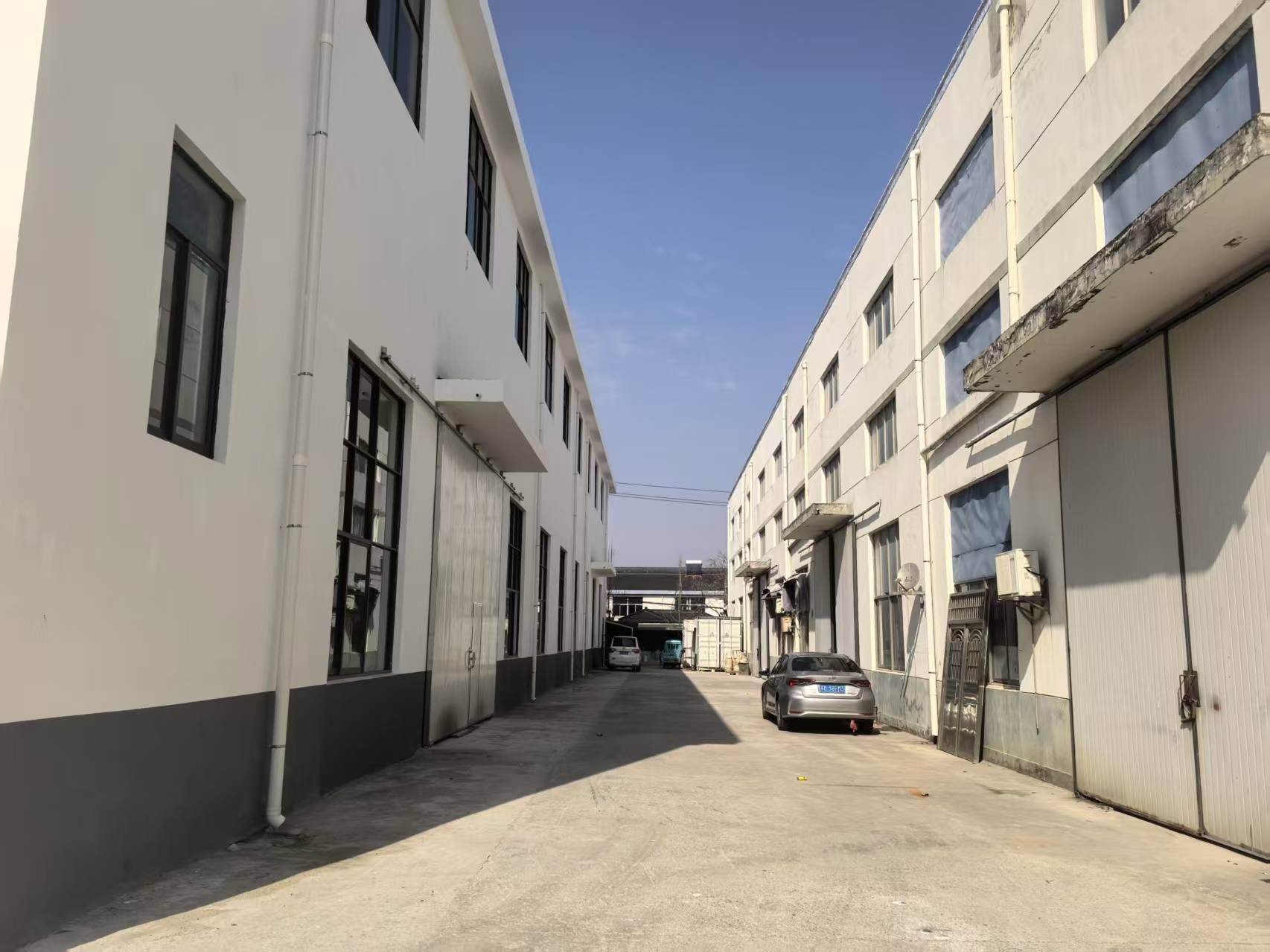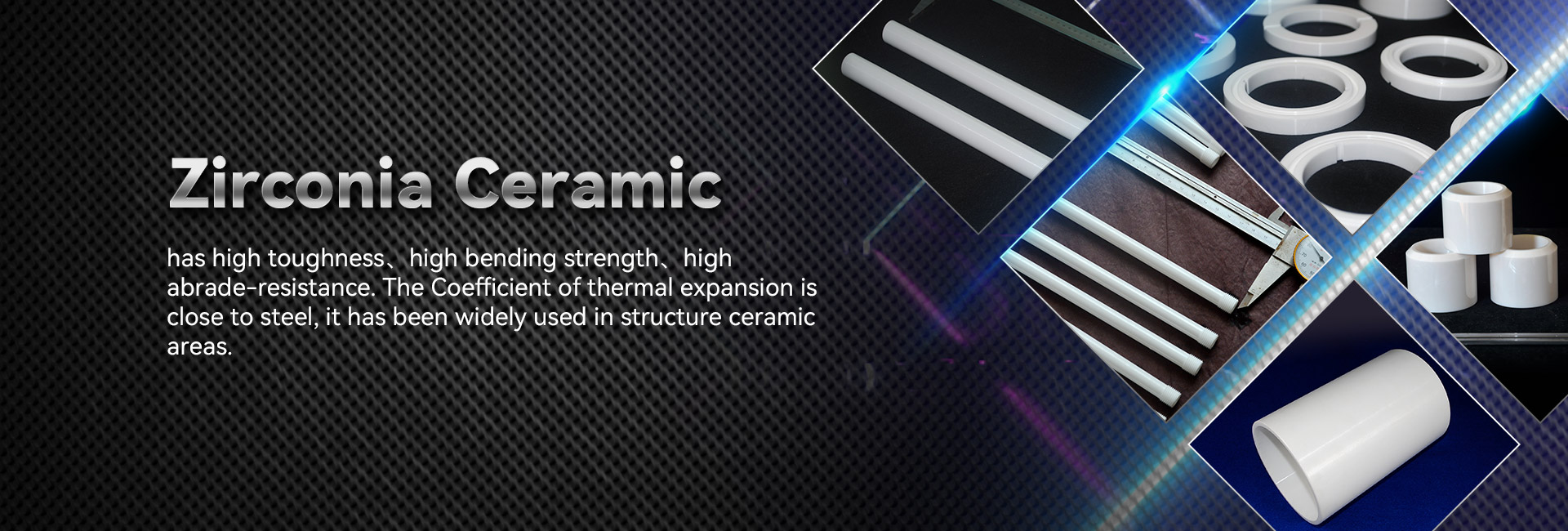
Innovative compound reveal superior chemical features, considering them fit for a comprehensive selection of applications. Sprouting from astronautical and driving to gadgets, these substances are regularly improving to meet the preconditions of a contemporary market.
- Their durability and tolerance to harsh conditions make them indispensable for premium apparatus.
- Also, technical ceramics provide edges in terms of performance, contributing the development of advanced systems.
Manufacturing Elements: Tailored for Unmatched Efficiency
Developed ceramics shine in stringent tasks due to their remarkable attributes. Engineered from carefully picked raw elements and passed through thorough processing methods, these high-tech compounds display innovative hardness, oxidation resistance, and endurance to drastic thermal conditions, decay, and erosion. From outer space components to machining tools, industrial ceramics offer superior effectiveness across broad branches. Their versatility allows surviving extreme places, confirming durability and steadfastness. As refinement progresses, the demand for cutting-edge products grows, cementing the major function of industrial ceramics in shaping a stronger future.
High-Tech Ceramics: Pushing Substrate Barriers
Composites, possessing remarkable toughness and permanence, are experiencing a revolution. Pioneering ceramics, engineered with meticulous control over their constitutions and internal architecture, breaking the frontiers of all that is feasible. These materials manifest a diverse assortment of facets, originating them fit for challenging arenas such as aerospace, biomedical, and power. From low mass parts that withstand extreme temperatures to bioinert implants that unite naturally with the living system, advanced ceramics are redefining our context.
Fine Ceramic Assembly: Satisfying Exacting Specifications
High-tech ceramic fabrication has grown notably in recent eras, enabling the manufacturing of complicated and highly usable ceramic components. These segments are fundamental across a extensive range of industries, including flight, biological, and electrical domains. Attaining the exacting conditions for these applications calls for strict fabrication approaches that support dimensional rightness, surface smoothness, and material attributes. Innovative ceramic fabrication processes use various methods, including slip casting, injection molding, and additive manufacturing. These methods enable the production of sophisticated patterns and meticulous traits with excellent repeatability. Besides, advances in material engineering have produced new ceramic designs endowed with strengthened characteristics. These elements exhibit increased longevity, lastingness, and tolerance to challenging hotness conditions, supporting their use in rigorous sectors.
The chances for fine ceramic fabrication are considerable. As investigations and advancement make headway, we can count on even more cutting-edge methods and structures that will similarly push the confines of what is manageable in this domain.
Premium Ceramic Substances for Tough Conditions
Engineered ceramic substances provide extraordinary fortitude and antagonism against tough environments, making them perfect for taxing assignments in military territories. These state-of-the-art ceramics can tolerate elevated temperature loads, defy damage, and secure their effectiveness under intense kinetic stresses. Their unparalleled lattice aspects facilitate trusted output in severe conditions, including thermal reactors, jet engines, and nuclear systems.
- Specialized ceramic compounds
- Thermal stability
- Reduced mass
Advanced Composites: Uniting Resistance and Functionality
Mixed ceramics exhibit a eminent mix of mechanical durability and distinct functional capacities. Through the integration of ceramic fragments within a copyright, these mixtures achieve exceptional qualities. This combination results in heightened withstandability against high warmth, wearing, and chemical degradation, rendering them perfect for exacting applications in aviation, automotive, and power markets. Furthermore, ceramic composites can be configured to possess specific properties like electrical conductivity or biocompatibility, enhancing their reach across diverse domains.
Internal Management in State-of-the-Art Ceramics
Gaining preferred qualities in modern ceramics routinely compels exact supervision over their microarchitecture. Diverse treatment factors, including sintering heat intensity, span, and atmosphere, alongside the infusion of dopants or ancillary phases, notably impact the alignment of clusters, open volume, and other microstructural specifications. Thorough modification of these parameters allows for the optimization of strength, breakage resistance, and heat conductivity. In particular, elevating the sintering heat intensity can encourage grain proliferation, thus increasing density and improving mechanical durability. Conversely, managing the firing atmosphere may shift the oxidation mode of the ceramic, thereby influencing its electrical impedance or magnetic attributes. Understanding these relationships between microstructure and properties is vital for developing advanced ceramics with specialized characteristics suitable for extensive functions.
Friction-Resistant Ceramics: Elevating Resilience
In demanding production fields, where sections are submitted to constant scuffing and corrosion, wares with superior erosion resistance are importantly required. Wear-resistant ceramics have arisen as a top measure, offering unparalleled fortitude and functionality in several sectors such as operation, mining, and aerospace. These cutting-edge forms possess a unique grain layout that enhances their aptitude to endure damage. By using the intrinsic toughness and thickness of ceramic materials, engineers can develop strong modules capable of withstanding the most difficult operating conditions.
Bio-Compatible Ceramics: Roles in Medicine
Health-safe ceramics have recast the medical discipline, yielding an array of helpful benefits for broad uses. These ceramics are non-toxic within the tissue, minimizing immunological responses and facilitating tissue integration. A prime purpose for biocompatible ceramics is in skeletal implants, where their resilience sustains long-lasting security to damaged tissues.
Furthermore, they are utilized in oral surgery, supplying a robust and natural-looking solution for dental implants. Ceramics also serve a key function in medication delivery, facilitating the targeted administration of compounds to specific places within the anatomy.
- Additionally, biocompatible ceramics are continuously being investigated for cellular therapy, serving as a platform for repair.
- Therefore, the future of biocompatible ceramics in biomedical fields looks optimistic, with continual research expanding their uses.
Intelligent Ceramic Sensors: Supporting Precise Observations
Sophisticated ceramic sensors have developed as essential aspects across a diverse array of realms. These devices utilize the singular dimensions of ceramic compounds to deliver highly valid evaluations. Their toughness in ceramic bar {demanding|harsh| 